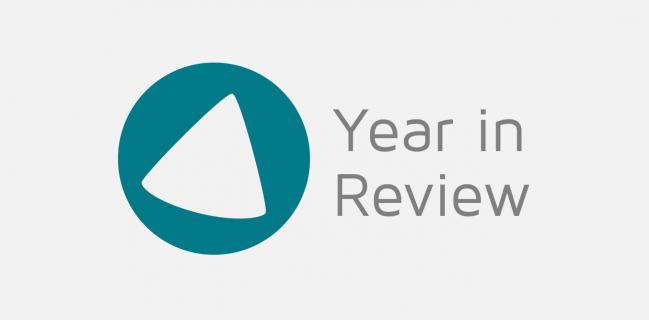Year in Review: In Imaging, Interventional CT, Physiology, and #SoMe Advance in 2019
No one blockbuster study shook up the field of imaging over the past year, but it has been otherwise futuristic.

The field of imaging might not have been rallied by a specific blockbuster study in 2019, but large strides have been made in establishing the subspecialty of interventional imaging. Imagers are also finding a voice in social media, which is bolstering the community, according to Dee Dee Wang, MD (Henry Ford Health System, Detroit, MI).
“I think that 2019 has been an amazing ride,” she told TCTMD. “How can you ever top this?”
Highlighting what she called “the rise of interventional imaging,” she said several publications have made efforts at better defining the new field that has arisen to support the increasing volume of transcatheter procedures in the aortic, mitral, left atrial appendage (LAA), patent foramen ovale (PFO), and congenital spaces. “Under that umbrella is where 2019 has been a very futuristic and forward-moving year.”
First off, Wang pointed to the expert consensus statement published in JACC: Cardiovascular Interventions last month, for which she served on the writing committee, regarding the use of CT as standard of care for preprocedural imaging in patients with A-fib undergoing LAA occlusion for the prevention of stroke. This paper emphasized that CT is a tool that is enabling physicians to “impact a once single-operator field” and showing value in a team-based approach to these procedures, she said.
Also, this year’s approval of low-risk TAVR, which requires good imaging more than ever, is emboldening interventional imagers by laying the groundwork for “the high-impact imaging manuscripts” to come, according to Wang. “For the longest time, . . . everybody was a single surgeon [or] a single interventionalist going in to scrub every case,” she said. “But now there's this new concept of ‘Hey, there's a CT that can be used as a training tool. There is an echo that can be used as a training tool.’”
Two additional recently published “landmark papers” outlining core competencies for both cardiac CT and echocardiography in structural heart interventions “tie all this together,” she said.

Wang also pointed to her own manuscript, published in Structural Heart in March, which was the result of much discussion within the interventional imaging community over the prior year about the need for greater recognition within the larger cardiology field and better-defined training pathways. “It went through the step-by-step for each procedure because we don't have a textbook to teach interventional imagers on the job what needs to be done and what they need to be aware of. [This was] very helpful in being a reference guide for people for structural heart disease.”
Lastly, she emphasized the power social media has played in 2019 in encouraging imagers to better communicate with one another. Although not directly addressing the field of imaging, this paper published in March in the Journal of the American College of Cardiology was helpful in outlining the impact that communication via Twitter or other similar channels can have within cardiology, Wang said.
More and more, physicians are realizing that “you kind of have a social responsibility to make sure that there is truth out there for medical care,” she observed, adding that social media can also “help bring recognition to what you think is important for people to learn.”
Given the acceleration of social media in medicine, the field of interventional imaging has benefited from the fact that “we're not waiting for manuscripts to be published in high-impact journals. It kind of changes the playing field because people now can go on Twitter or go on any other social media and just propagate the instantaneous results of a manuscript or research from a meeting live,” Wang concluded. These so-called altmetrics have “forced a change in how we disseminate knowledge. It actually has given authors more control and more ability to become true key opinion leaders.”
Coronary Physiology
A number of key trials presented in 2019 will have implications for the fields of intracoronary imaging. The fields of optical coherence tomography (OCT), IVUS, fractional flow reserve (FFR), and CT-derived FFR also showed progress this year, most notably with FORZA and DEFINE-PCI.
The largest trial to have an impact across a number of imaging subspecialties, of course, was ISCHEMIA, which many cardiologists speculated will lead to a decline in stress imaging and an uptick in CT angiography for the assessment of stable coronary disease accompanied by moderate-to-severe ischemia. Countering that, however, may be an announcement by the Centers for Medicare & Medicaid Services (CMS) that it will be cutting reimbursement to cardiac CT.
Yael L. Maxwell is Senior Medical Journalist for TCTMD and Section Editor of TCTMD's Fellows Forum. She served as the inaugural…
Read Full BioDisclosures
- Wang reports receiving research grant support from Boston Scientific and serving as a consultant for Edwards Lifesciences, Boston Scientific, and Materialise.


Comments